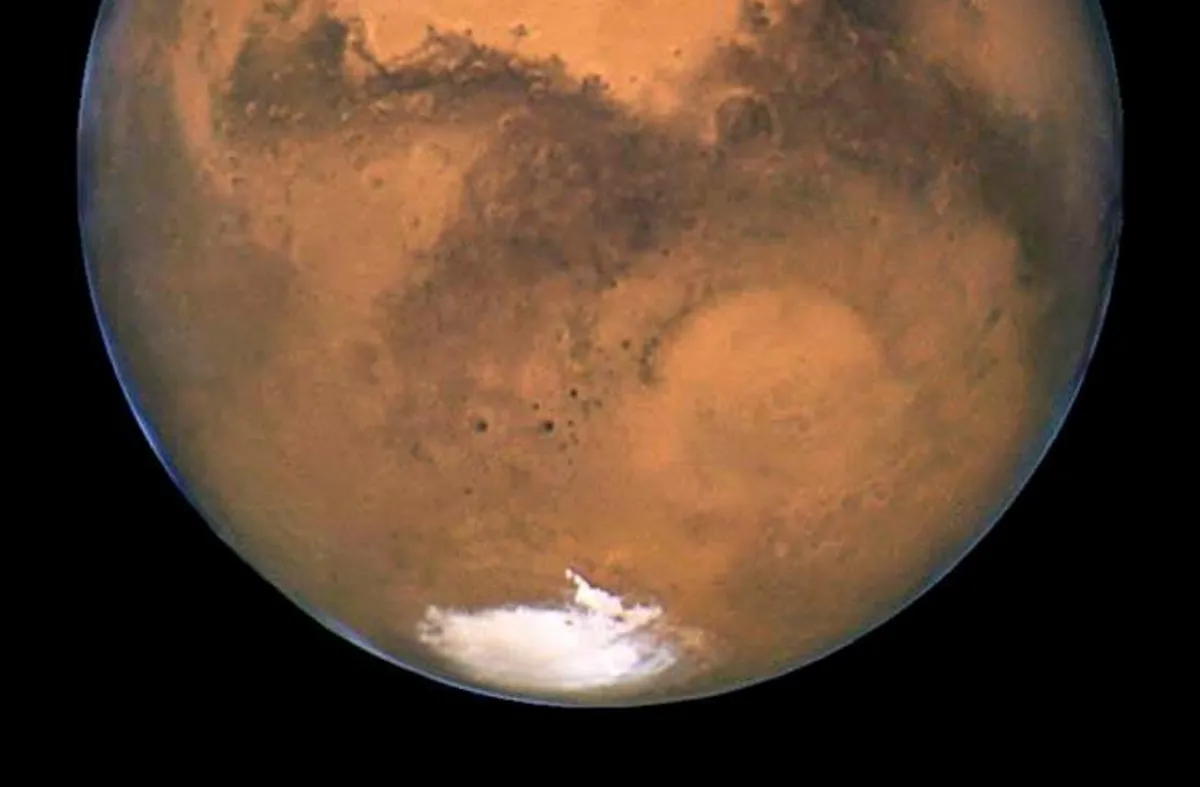
Airbus UK, a wholly-owned subsidiary of the US aerospace giant, has successfully won a significant £150 million contract aimed at completing the landing system for the long-delayed ExoMars rover. This highly anticipated European rover, officially named Rosalind Franklin after the renowned DNA scientist, was initially set to launch in 2022. However, a series of unforeseen circumstances have caused substantial delays, pushing the launch timeline further back.
The ExoMars rover was originally scheduled to be shipped to the Baikonur Cosmodrome in Kazakhstan in April 2022. Unfortunately, the geopolitical tensions stemming from Russia's invasion of Ukraine abruptly halted this plan, leading to the suspension of cooperation between the European Space Agency (ESA) and Roscosmos. In addition to the launch vehicle, Roscosmos was also responsible for providing a lander to facilitate the rover's descent onto the Martian surface.
Despite the bleak outlook for the rover, which had already seen delays from 2018 and 2020, the ESA recently confirmed its commitment to proceed with the mission. NASA has stepped in to provide vital launch services, including the rockets necessary for a successful landing and some essential heater units. Meanwhile, Thales Alenia Space (TAS) is tasked with the Mars Entry, Descent, and Landing Module (EDLM) as well as maintaining the existing vehicles.
The new launch window from Kennedy Space Center is projected to occur between October and December 2028, with the rover expected to arrive on Mars in 2030. The Airbus team based in Stevenage, UK, is now under contract with TAS and will oversee critical systems, including the landing structure, a large propulsion system that delivers the final braking thrust, and the landing gear designed to secure the lander during touchdown.
To enhance the rover's deployment, the lander will incorporate two ramps that deploy on opposite sides, allowing the rover to navigate onto the Martian surface via the safest route available. According to ESA, other crucial components of the lander, such as the parachute system, computer, and radar doppler altimeter, were originally developed for the Russian Descent Module.
Despite the numerous delays, the ExoMars rover holds great promise for scientific exploration. Although it may not be the youngest rover by the time it reaches Mars, the potential to drill two meters into the Martian surface in search of samples has scientists buzzing with enthusiasm. Dame Dr. Maggie Aderin-Pocock DBE expressed her excitement, stating, "The British-built Rosalind Franklin rover will provide us with vital insights into the history of Mars." This research could significantly enhance our understanding of our own place in the universe and the evolution of our planet.
The rover's innovative design, allowing for sample collection at depths of up to two meters, may enable scientists to explore the likelihood of life beyond the harsh Martian surface, where radiation poses a significant threat to survival. The samples collected by the Rosalind Franklin rover are expected to contribute to answering the age-old question: "Are we alone in the Universe?"
The recent contract awarded by ESA is funded by the UK government through the UK Space Agency. The journey of the rover has been considerably longer than anticipated due to a combination of technical and political delays. While the 2028 launch date is ambitious, the extensive work required on the lander presents a considerable challenge. Additionally, reliance on NASA for launch services, which may have seemed advantageous in 2023, could be viewed differently in 2025 due to changing geopolitical dynamics and the current US administration's strained relations with Europe.